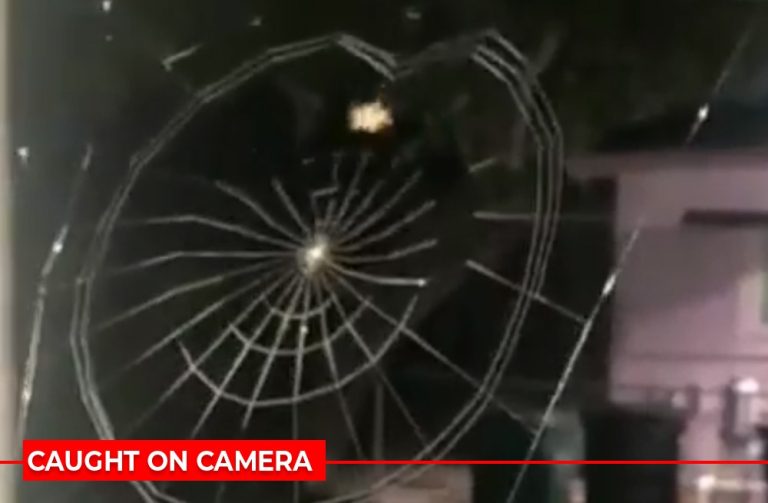#MindfulNature: SubhanAllah – truly a work of art! An incredible moment caught on a cctv camera as a spider weaves its web.
Despite having poor vision, spiders build complex webs composed of different types of silk, expelled from their spinnerets. The main function of these webs is to trap prey on the sticky threads.
It takes a spider around 30 to 60 minutes on average to create a web. Not only is the design and structure impressive, its strength too, is staggering. However, because they are constantly damaged by mother nature, some spiders build new webs everyday, while other spiders simply repair the damage.
One of the most interesting facts about spiders and their webs is, that most spiders do not waste their silk material. Once a web is destroyed, the spider will eat the remains and recycle it into a new web later (the silk is a natural fibre made of protein).
Another fascinating fact is that each spider family has its own type and set of spinnerets. This is what determines what type of webs a spider can build. For eg: trapdoor spiders, sheet-web builders, space-web builders and orb weavers.
Spiders are an essential part of the ecosystem and are found in all parts of the world, except Antarctica. They play a crucial role in controlling insect populations; without them, a domino effect of problems would set off that could potentially harm, and eventually destroy the world as we know it.
Many people consider spiders to be a good omen. The Noble Quran’s 29th surah is also titled “Al-‘Ankabut” which means “The Spider.”
Trending
- Paradise Found: Rubia Moghess Discoves Bali Bliss
- Gone with the Wind
- The Day of Arafat: A Divine Covenant of Mercy — A Comprehensive Commentary on Misbah Momin’s Reflection
- Dua’s and their beautiful circle By Dr.Mahnoor Mohydin
- Beyond Echoes: Rediscovering the Essence of Islam By MM
- The Art of Celebration
- Shadi se Pehle! By Dr. Amina Saeed
- The Fine Print of Forever: What Every Couple Should Know Before Saying ‘Qubool Hai’



